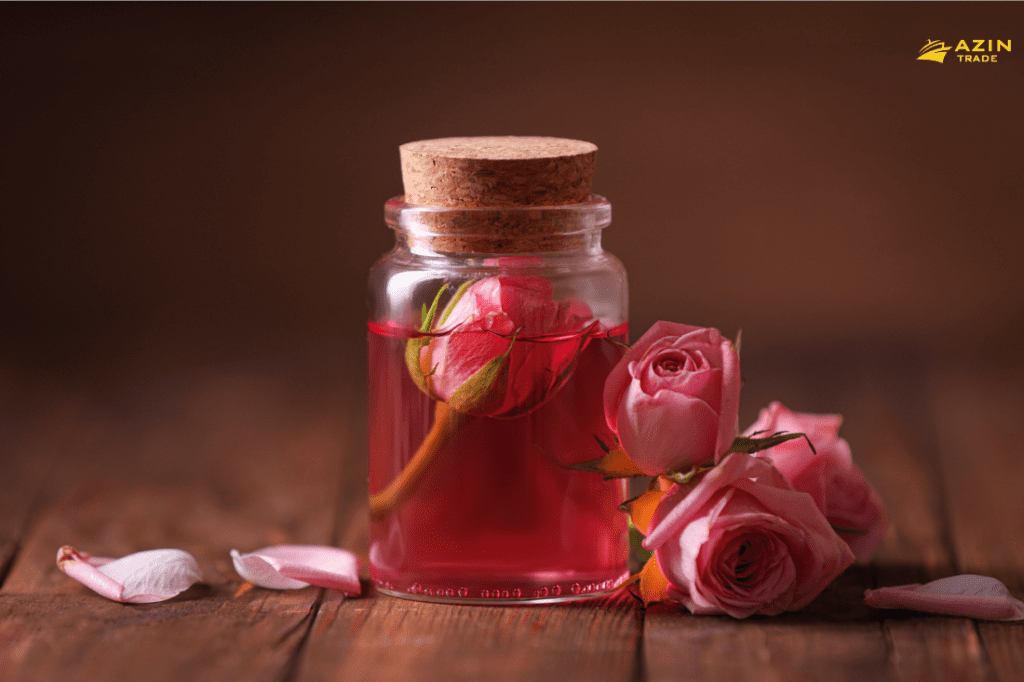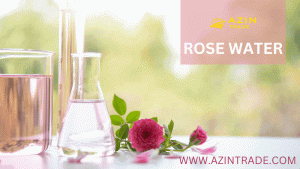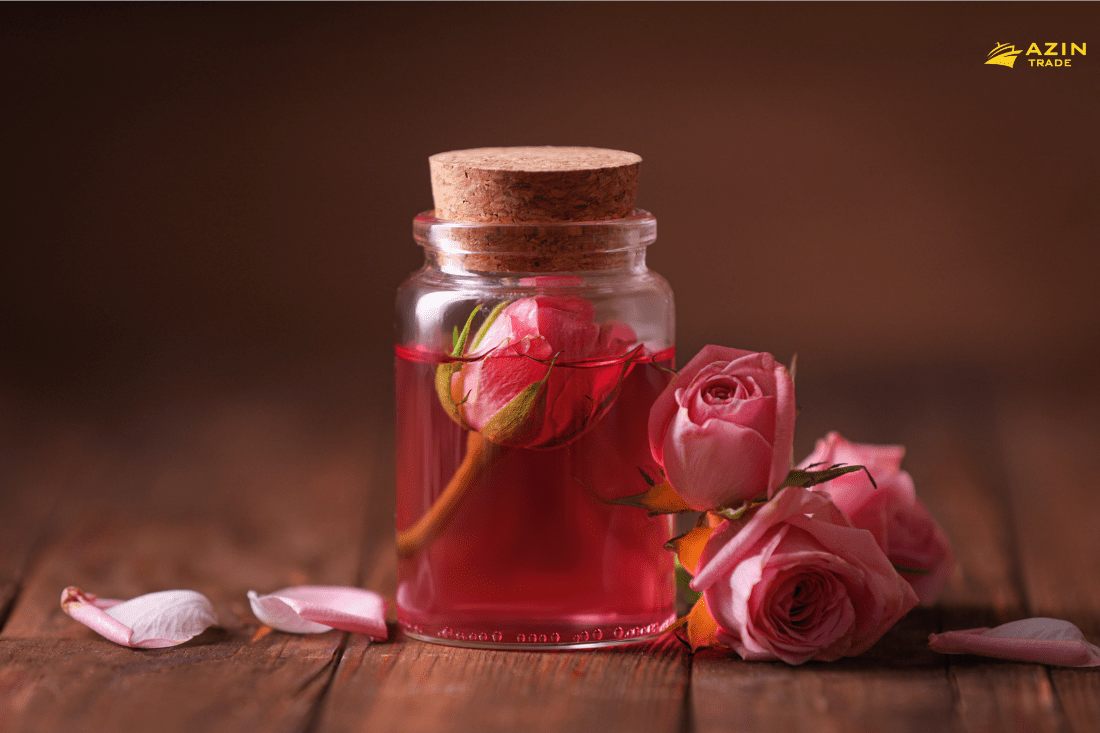
rose water
The history of rose water export
Rose water, a fragrant distillate derived from rose petals, has a rich historical legacy in trade and cultural practices dating back millennia. This comprehensive exploration delves into the origins, evolution, and global trade dynamics of rose water, highlighting its significance in various industries and traditions worldwide.
Ancient Origins and Traditional Production
The use of rose water traces back to ancient civilizations such as Persia, Egypt, and India, where it was prized for its aromatic qualities and medicinal properties. Early methods of production involved steam distillation of fresh rose petals, a technique refined over centuries to enhance purity and fragrance.
Medieval Trade and Spread Across Continents
During the medieval period, rose water became a coveted commodity in international trade routes. Arab merchants facilitated its spread across the Middle East and Europe, where it found favor in culinary, cosmetic, and religious practices. Its popularity surged during the Renaissance, influencing European perfumery and apothecary traditions.
Industrialization and Modernization
The 19th century witnessed the industrialization of Rose hydrosol production, particularly in regions with favorable climates and abundant rose cultivation. Advances in distillation technology and transportation infrastructure enabled mass production and global distribution, bolstering its status as a luxury export commodity.
Cultural Significance and Ritual Uses
Rose water holds cultural significance in diverse societies. In the Middle East, it features prominently in cuisine, desserts, and religious ceremonies. In South Asia, it is integral to traditional medicine, cosmetics, and festive celebrations. Its aromatic allure has also influenced Western cuisines and spa treatments, illustrating its universal appeal.
Economic Impact and Market Dynamics
The global Rose hydrosol market thrives on diverse consumer preferences and industrial applications. Major exporting countries like Iran, Bulgaria, and Turkey dominate production, leveraging their rich floral heritage and expertise in distillation techniques. Economic fluctuations, environmental factors, and geopolitical tensions influence market dynamics and export volumes.
Contemporary Trends and Innovations
In the 21st century, Rose hydrosol continues to evolve with changing consumer tastes and sustainability concerns. Organic and eco-friendly production methods gain traction, catering to health-conscious markets. Innovations in packaging and marketing strategies cater to a global audience, promoting rose water as a versatile ingredient in skincare, aromatherapy, and gourmet cuisine.
Challenges and Future Outlook
Despite its enduring popularity, the Rose hydrosol industry faces challenges such as climate change impacts on rose cultivation, regulatory complexities, and counterfeit products. The future hinges on sustainable practices, technological advancements, and strategic market diversification to meet growing demand and preserve cultural authenticity.

rose water
Conclusion
In conclusion, the history of rose water export is a tale of aromatic splendor, cultural exchange, and economic resilience. From ancient rituals to modern industries, its journey exemplifies the enduring appeal of natural essences in global commerce. As consumer awareness grows and market landscapes evolve, Rose hydrosol remains a symbol of tradition, luxury, and innovation in a dynamic global marketplace.




